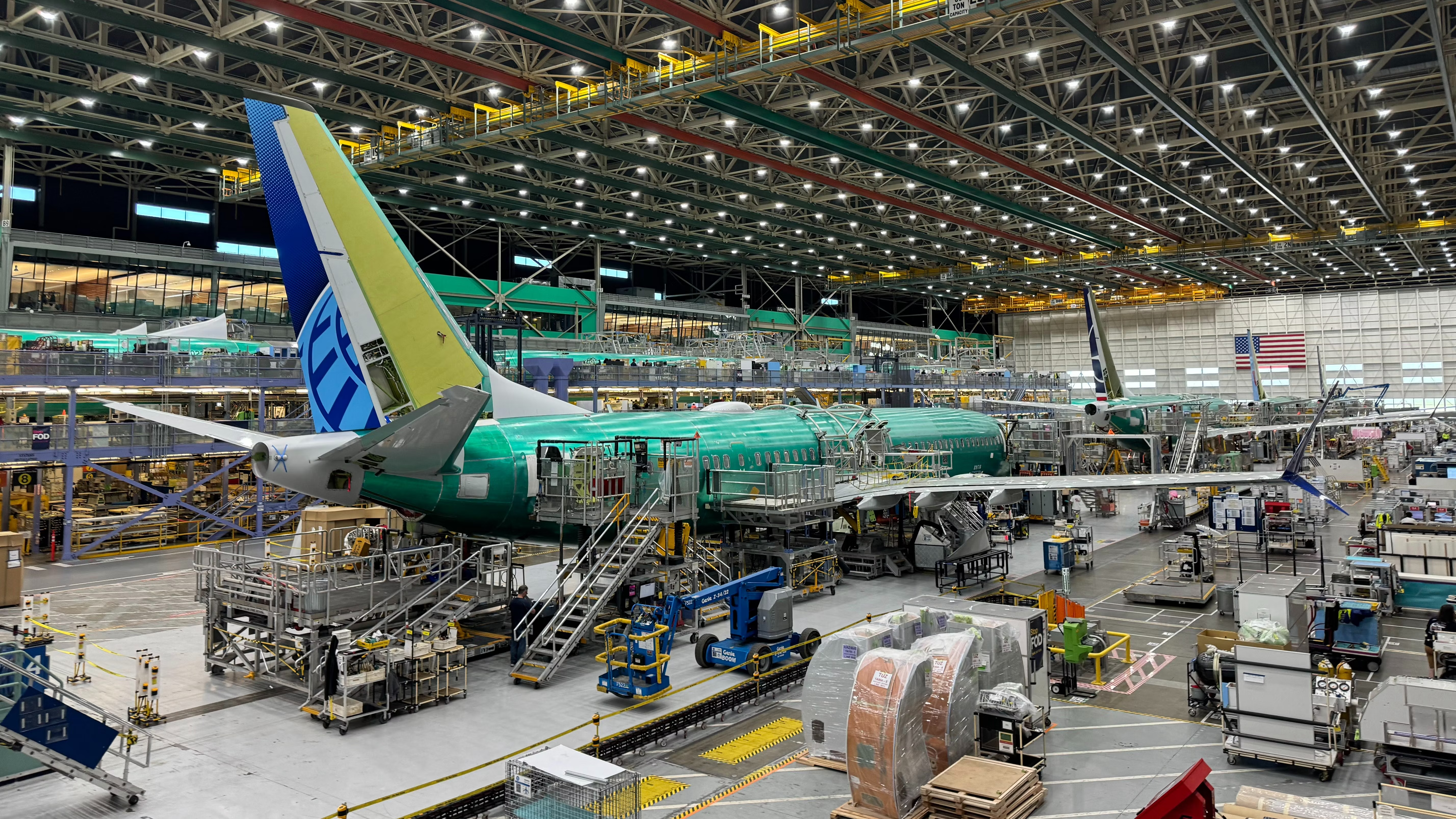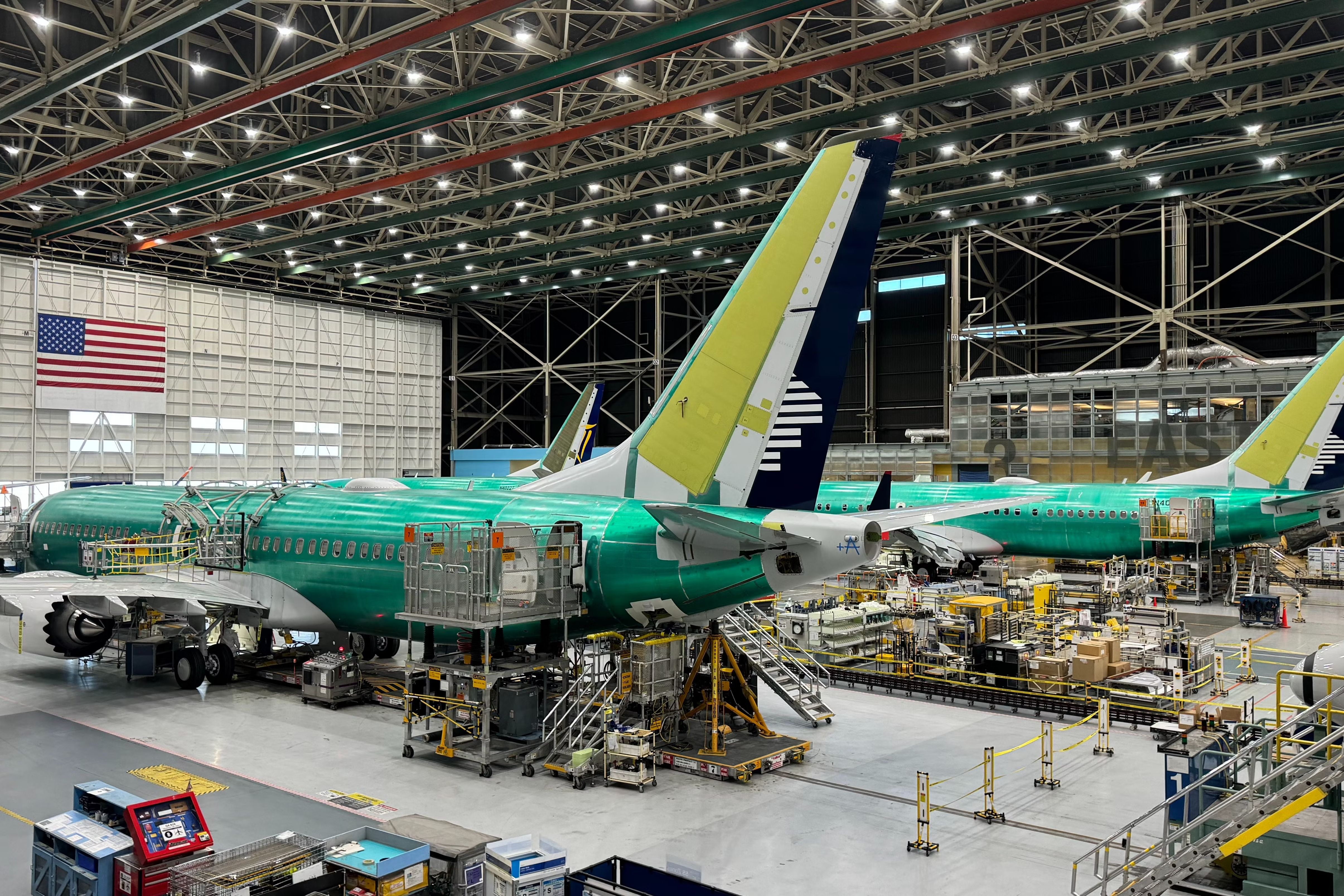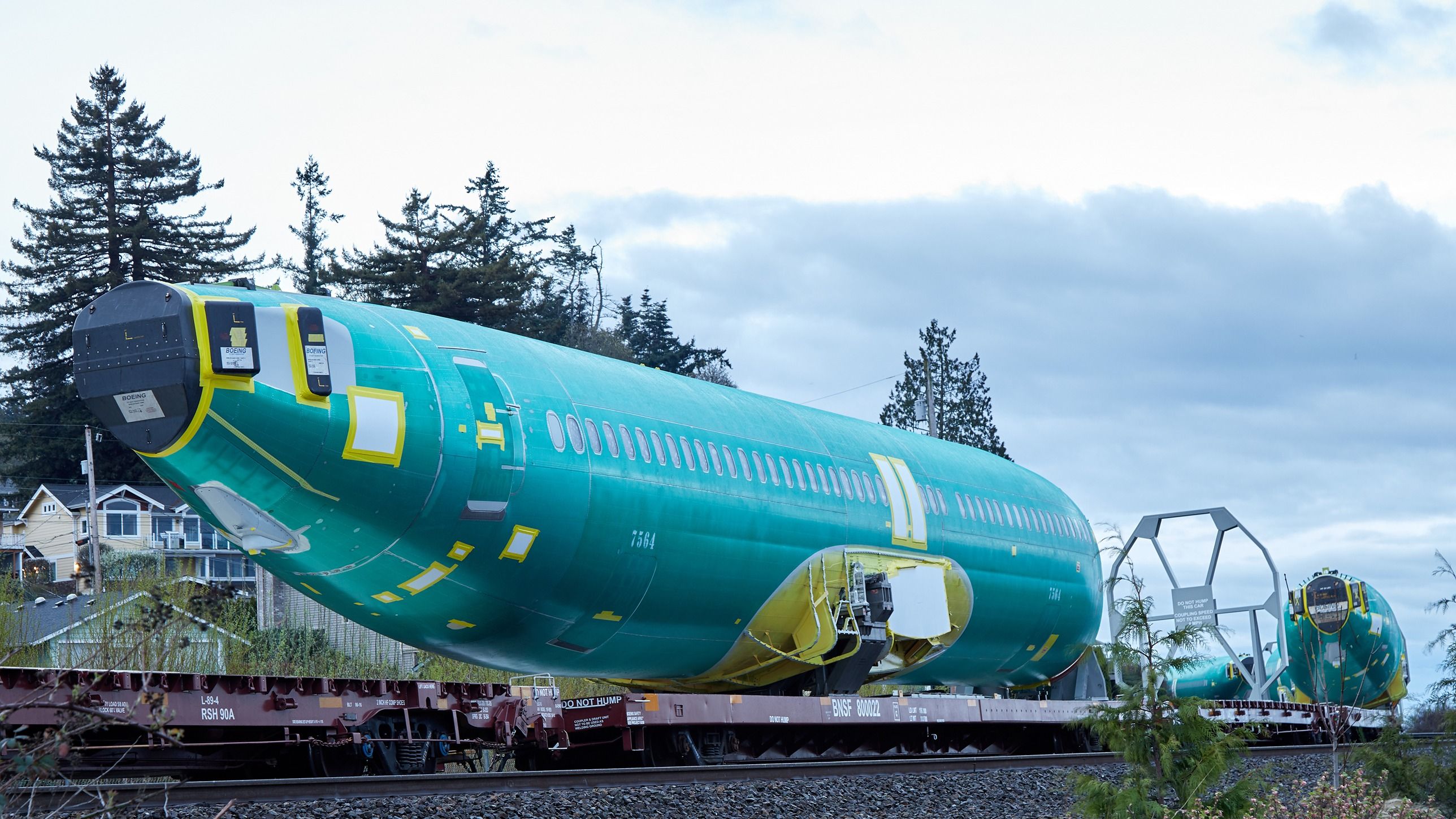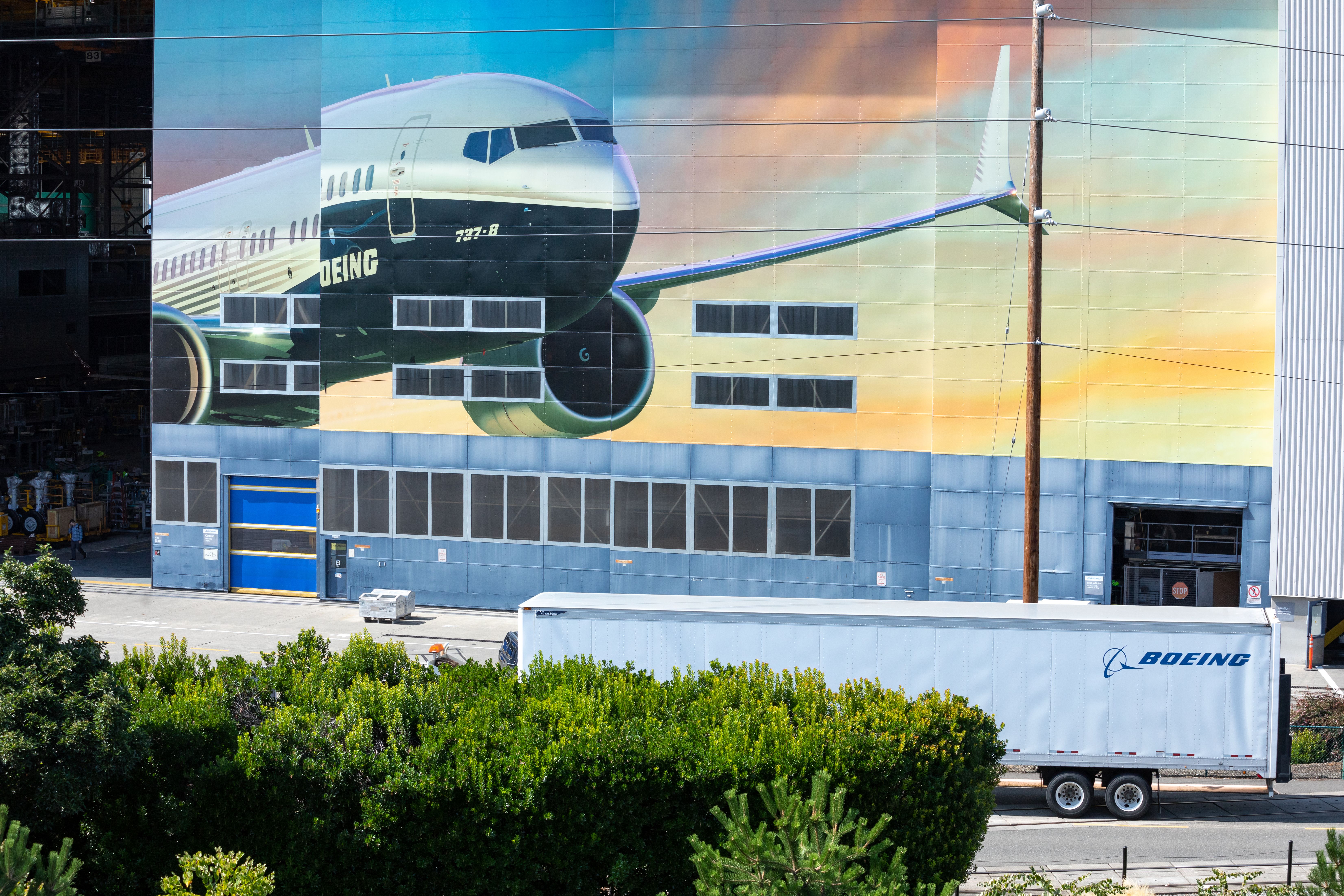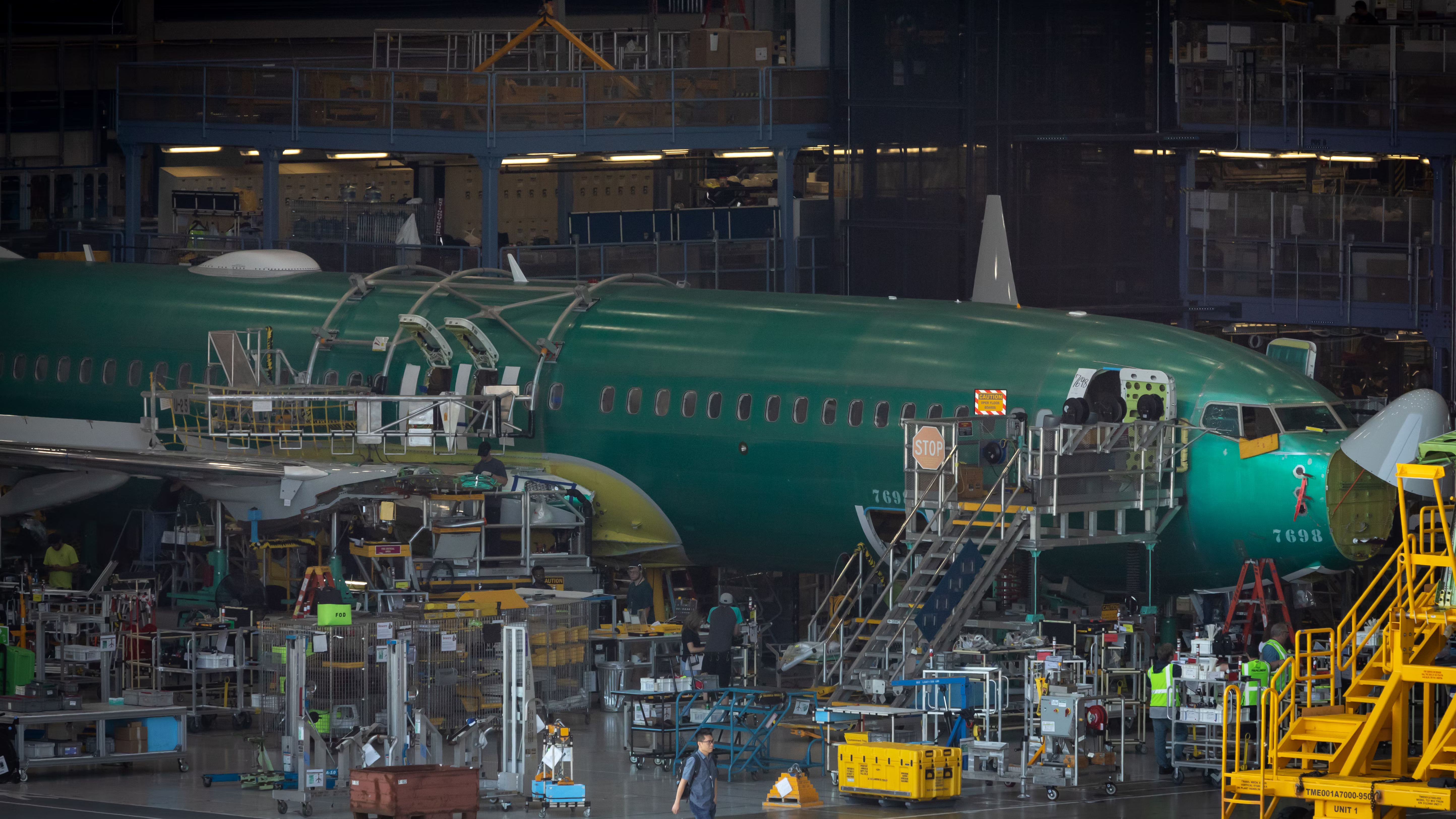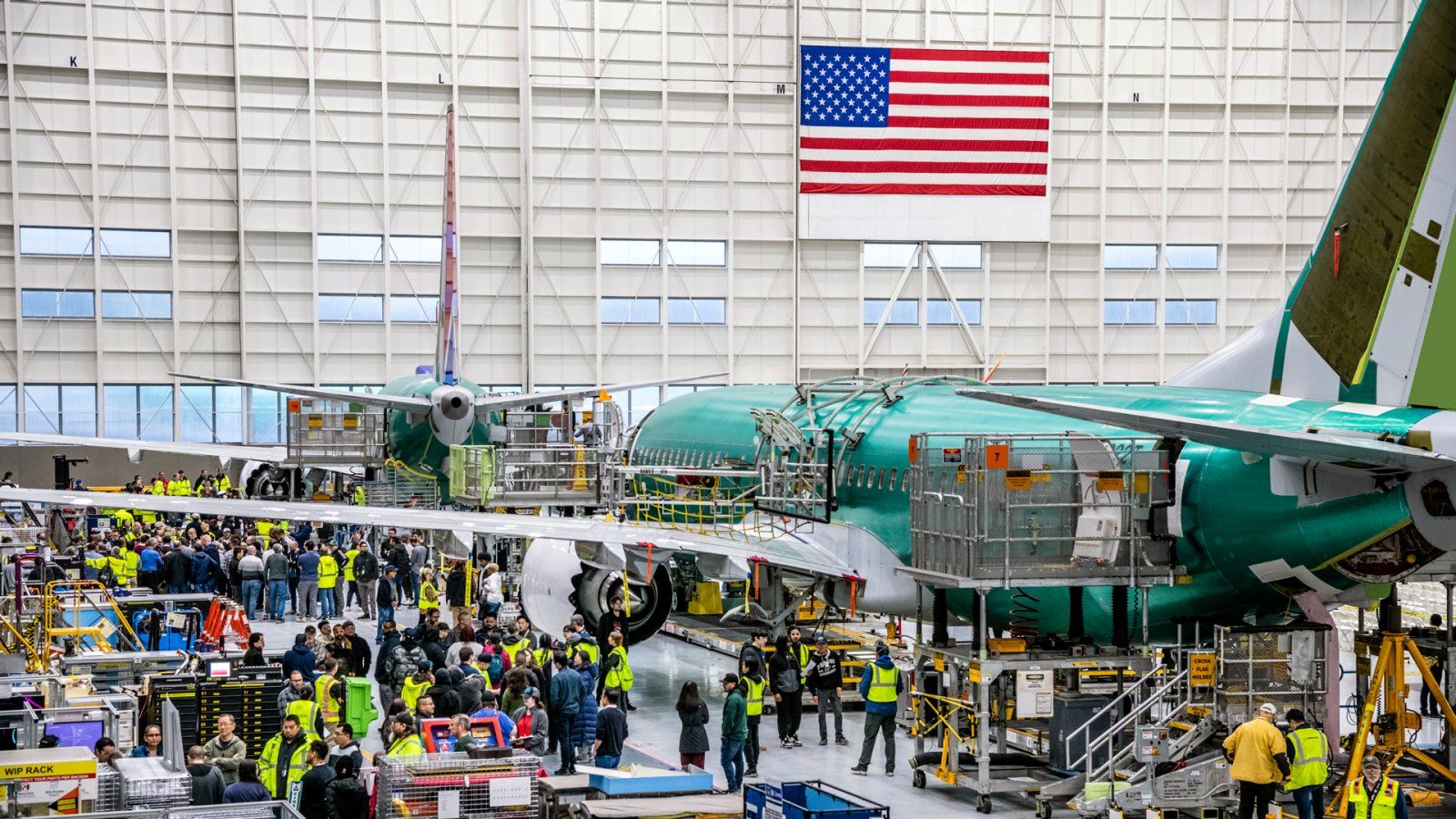The United States
Senate Permanent Subcommittee on Investigations (PSI) has published a memo detailing the lapses at Boeing, Spirit AeroSystems, and the Federal Aviation Administration (FAA).
On September 25, the subcommittee will hold a hearing about the FAA’s oversight of Boeing, which will include Mike Whitaker, the Administrator of the FAA. Whitaker testified before the US House Committee on Transportation and Infrastructure Subcommittee on Aviation a day prior.
The PSI concluded that Boeing’s employees have continued to feel pressured to prioritize speed over quality, the company has struggled to ensure proper training for its workforce, properly handle nonconforming parts, and Boeing’s quality inspections and the FAA’s oversight of these inspections have continued to raise questions about the qualifications and sovereignty of the quality inspectors.
FAA’s oversight of Boeing
According to the subcommittee, the FAA oversees aircraft manufacturers, including Boeing, in the US. One of the key compliance components was audits, which examine the production quality and safety practices.
These audits can reveal minor problems, including debris on the factory floor or systematic issues related to personnel qualification, unclear manufacturing procedures, and nonconforming aircraft parts.
Photo: Jonathan Hendry | Simple Flying
Facilities that are deemed high risk, including Boeing’s 737 MAX
assembly lines in Renton, Washington, are audited at least 18 times per year. While the US regulator was not mandated to inform Boeing about these audits beforehand, the FAA has typically given the aircraft manufacturer one to two weeks’ advance notice.
“In addition to regular, ongoing audits of Boeing and its suppliers, special audit items (SAI) examinations are conducted when FAA senior management determines that an item, process, or area requires specific focus.”
Pressured to assemble aircraft faster
“An internal Boeing survey obtained by the Subcommittee reveals employee concerns that go directly to the heart of whether Boeing’s safety culture has improved in the months since the door plug incident or the years since the two 737 MAX crashes.”
The previously undisclosed survey conducted in May showed that many machinists still felt pressured to prioritize production speed over quality, with over 2,100 production personnel being surveyed.
Boeing submitted the summary of the survey’s results to the FAA
as part of its comprehensive safety plan. The summary compiled the responses from managers and machinists, “both of whom highlight schedule pressure as a foremost concern.”
“Only 47% of respondents answered favorably to the statement, “Schedule pressures do not cause my team to lower our standards. Although managers’ survey responses were generally more positive, the [pressure] to meet schedule [was] relatively consistent for both […].”
The subcommittee’s memo said that it was troubling that machinists still experienced schedule-related pressures when the FAA capped the 737 MAX monthly production rate to 38.
Photo: Randall Erickson | Shutterstock
This could emphasize the extent to which schedule pressure may have impacted safety when Boeing was producing 52 737 MAXs per month, the PSI added.
Both Whitaker and the company’s executives have admitted that the current realistic production was lower than 38 per month, with Brian West, the chief financial officer (CFO) of Boeing, saying during the company’s Q2 earnings call on July 31 that the company was moving toward that rate by the end of 2024.
FAA’s troubling audit of Boeing
However, the subcommittee also disclosed the previously non-public details of the FAA’s audit of Boeing following the door plug blowout on an Alaska Airlines 737 MAX 9 on January 5.
Three days after the incident, the FAA had begun an SAI of Boeing and Spirit AeroSystems, with the audit lasting until February 15.
Auditing the Renton, Washington, and Spirit AeroSystems’ Wichita, Kansas facilities, the FAA found 97 and 21 noncompliance allegations, respectively, which were revealed by a letter obtained by the PSI.
Photo: VDB Photos | Shutterstock
The audit resulted in ![]() Boeing
Boeing
developing its comprehensive safety and quality improvement plan, which the manufacturer published publicly in May.
FAA Tells Boeing To Develop ‘Comprehensive Action Plan’ To Address Quality Control
The PSI pointed out five key issues that were found in the audit, including the fact that Boeing continues to struggle to train and equip manufacturing personnel. The committee cited the FAA’s conclusion, which said that,
“During this audit, the FAA recorded 23 examples […] where employees failed to follow processes or lacked proficiency. Numerous noncompliances found and recorded by the FAA during this special audit show a lack of competence and ability of the employee to perform their job and assigned tasks.”
The audit also revealed that Boeing’s machinists sometimes lacked the necessary tools, resulting in unauthorized and improvised ways to perform critical work, with the FAA identifying “several” instances.
For example, during the audit, a mechanic opened his wallet and produced a small instrument to measure a gap between two components, which the FAA noted was “unauthorized, uncalibrated, unmarked, not inventoried or stored.”
When asked about the improvised tool, the mechanic told the regulator that they had been using this tool for at least three years, with other machinists having done the same.
Furthermore, when they brought up the problem with Boeing’s leadership, the mechanic was told that the company’s management did not “have time to fix” the installation plan.
Photo: VDB Photos | Shutterstock
36% of surveyed machinists provided neutral or unfavorable answers when asked whether they have the necessary training they need to maintain quality standards, while 37% provided neutral or unfavorable answers when asked whether they have tools and materials to accomplish their tasks.
The third issue was documenting and tracking nonconforming parts, which the PSI called “systematic.”
“Whistleblower reports, FAA enforcement actions, and recent FAA officials’ testimony before the NTSB indicate that Boeing continues to struggle with systemic mismanagement of nonconforming parts.”
The audit itself pointed out that, for example, within two Material Review Segregation Areas (MRSA) in Renton, Washington, there was an absence of process control at the MRSAs for scrap articles to be rendered unusable.
Boeing has also failed to tag parts or tools as unusable or “defective” multiple times despite its own procedures mandating employees to identify, document, evaluate, dispose of, and segregate defective items. Otherwise, they must be controlled to avoid unintended use or installation on aircraft.
In addition, there were other procedures that were concerning. The FAA found one event when moving parts between aircraft, the company’s employees were not required to check whether they were nonconforming. Following the FAA’s interviews with Material Review Board (MRB) engineers, the regulator concluded that these engineers did not understand federal requirements and were not qualified to perform major or minor classifications of non-conformances during aircraft production.
Some procedures had violated federal regulations, including document retention related to non-conforming parts. According to the memo, documents about non-conforming parts must be kept for at least ten years (the calendar year plus ten years).
“Thus, according to the FAA, [Boeing Process Instruction (BPI)-1199] violated federal regulations requiring document retention by allowing personnel to delete some records before the expiration of their prescribed retention period.”
Unqualified personnel checking quality
The FAA’s audit also concluded that Boeing’s quality inspection issues have been going on for years, with the regulator first identifying issues in 2017.
According to a previous report by the PSI, the aircraft manufacturer has eliminated 900 quality inspector positions in 2019 and 2020.
Instead, the ‘Verification Optimization’ assigned non-quality department manufacturing workers to receive equivalent training as quality inspectors. In May, an FAA official admitted to the National Transportation Safety Board (NTSB)
that when the manufacturer looked to ax quality inspection jobs, the regulator had spent time telling Boeing that it did not care who inspected an aircraft as long as it was done.
Photo: Boeing
However, newly assigned employees were not as competent as their predecessors, with another FAA official telling the NTSB that Boeing’s elimination of quality inspectors could have impacted the safety or quality of its aircraft.
While between 2017 and 2021, the FAA rejected the company’s efforts to allow unauthorized employees to do quality inspections, and Boeing recently established a risk assessment process that its quality organization must follow before assigning inspections, problems have continued.
“The special audit found ongoing flaws within Boeing’s inspection procedures. For example, the FAA found that one quality record “did not contain a conformance determination by a quality inspector” but rather “only contained operation blocks for the machinists to apply a stamp or stamps.”
The PSI added that a manager of the shop that produced that record said that the shop did not even have a quality inspector.
In the audit, questions were raised about whether the FAA has sufficiently ensured the independence of quality inspectors. In manufacturing sites in Puget Sound and Salt Lake City, “Boeing personnel are allowed to inspect the quality of their own work.”
“The FAA acknowledged that manufacturing personnel inspecting the quality of their own work appeared to pose an inherent conflict of interest, but that “if you have the right controls around the training and surveillance, it could also be successful.”
The SAI’s findings could have also revealed the reason why the FAA lacked insight into Boeing’s production system before the Alaska Airlines door plug blowout, according to the PSI.
“The findings alleged that Boeing procedures did not sufficiently require Boeing to inform the Agency of changes that could impact inspections.”
The SAI concluded that Boeing’s quality manual did not sufficiently require the company to notify the FAA about any change that could have affected the “inspection, conformity, or airworthiness of its product, or article,” as required by federal regulations.
Contrary to Boeing’s policies, federal regulations mandate that the FAA be informed about changes to the whole quality system and not only changes to the documents or writings alone.

